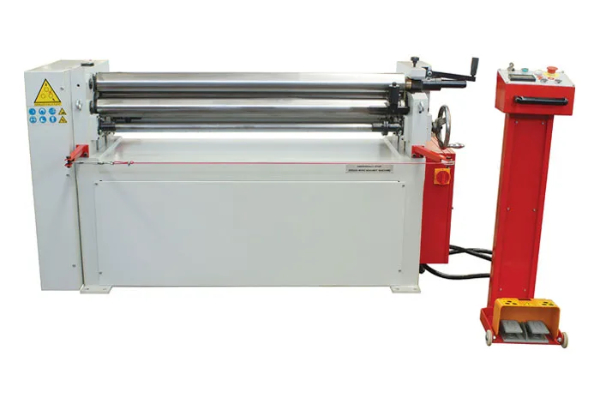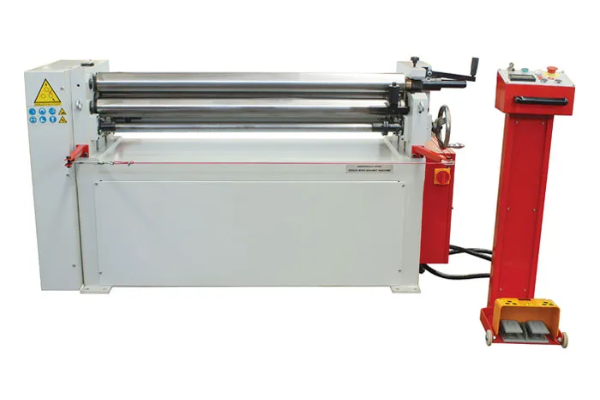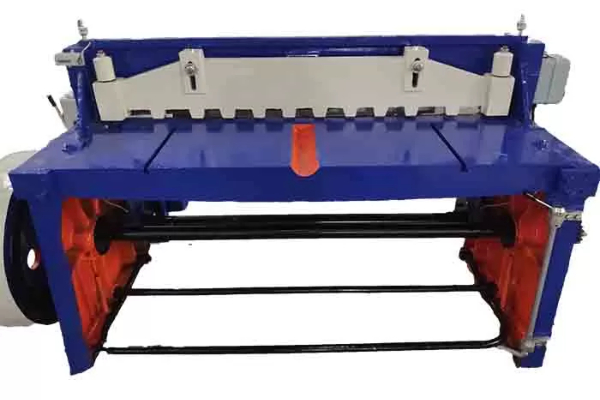
Achieving Precision Curves- Tips for Using Curving Machines
- By:Metmac
- 2024-07-09
- 77
Achieving Precision Curves: A Guide to Curving Machines
In the realm of metalworking, precision and accuracy are paramount. When it comes to forming curves in metal, curving machines offer a solution that can produce intricate and precise bends. To achieve the desired results, it is essential to master the art of using these specialized machines. This article provides valuable tips and insights to guide readers in achieving precision curves with curving machines.
Understanding the Importance of Tooling
The choice of tooling is crucial in achieving precision curves. The type of roller dies and shafts used will determine the shape and accuracy of the bend. For complex geometries, custom tooling may be necessary to ensure a precise fit. Additionally, the condition of the tooling can significantly impact the quality of the bend. Maintaining sharp and well-maintained tooling is essential for consistent and accurate results.
Choosing the Right Process
The choice of bending process depends on the material being formed, as well as the desired bend radius and accuracy. Common bending processes include roll bending, press brake forming, and three-roll bending. Each process has its strengths and limitations, and it is important to select the most appropriate method for the specific application. Understanding the capabilities and limitations of each process will help ensure optimal results.
Setting Up the Machine
Proper machine setup is essential for achieving precision curves. The machine should be calibrated and zeroed out to ensure accurate bending. The material being formed should be properly aligned and secured to prevent slippage or misalignment during bending. Ensuring proper workpiece alignment and support will ensure that the bend is made in the correct location and with the desired shape.
Controlling the Bend Process
During bending, it is important to control the various parameters that influence the quality of the bend. These parameters include the speed of the machine, the force applied, and the time the material is held in the bend. By carefully controlling these parameters, operators can achieve precise bends that meet the specified requirements.
Monitoring and Quality Control
Throughout the bending process, it is crucial to monitor the bend and ensure that it is within the desired specifications. This involves inspecting the bend for accuracy, consistency, and any defects. Non-destructive testing methods, such as dye penetrant inspection, can be employed to detect cracks or other imperfections. By implementing rigorous quality control measures, manufacturers can ensure that the final product meets the highest standards.
-
The Advantages of Using a Sheet Roll Forming Machine in Manufacturing
2024/09/14 -
How to Optimize Your Laser Sheet Cutting Machine for Maximum Performance
2024/09/12 -
How to Maximize Efficiency with Modern Sheet Metal Working Machines
2024/09/04 -
The Environmental Benefits of Using Duct Board Grooving Machines
2024/09/03
-
A Guide to the Latest Innovations in Sheet Metal Folding Machines
2024/11/29 -
Key Features to Consider When Investing in a Sheet Metal Folding Machine
2024/11/28 -
Enhancing Precision with Advanced Sheet Metal Folding Machines
2024/11/27 -
How to Choose the Right Sheet Metal Folding Machine for Your Workshop
2024/11/26



